Bird feeding is a fun, and very rewarding experience that gives you an opportunity to enjoy nature close up, as well as giving your feathered friends a helping hand. Here are a few reasons to keep those feeders and surrounding areas clean and in tip top shape so that you can best enjoy your bird feeding hobby.
1. Having clean feeders and healthy food will lead to increased bird activity. After all, birds like us, enjoy high quality food, served in a clean environment. Clean feeders are much more likely to attract a variety of beautiful birds to dine at your bird restaurant...allowing you to enjoy the views! ;)
2. Dirty bird feeders can lead to the spread of harmful bacteria, parasites, and disease to the wild bird populations.
You may have witnessed this at your feeders. These birds have House Finch Eye Disease or Avian Conjunctivitis / Mycoplasmal. This disease is a pathogen that is a host in many birds, but primarily only shows outward signs in House Finches, and some American Goldfinches. In other words, many birds can be carriers, but only certain species show ill effects.
 |
| Infected Male House Finch |
 |
| Male American Goldfinch with eye swollen shut. |
While you enjoy watching the birds, keep a look out for any birds that have red, swollen, runny, or crusty eyes. Eyes may also appear swollen shut. Other signs of disease include, birds sitting quietly in one spot or not moving from your feeder for long periods of time. (assuming their is no predator around), acting clumsily, scratching an eyes on a branch, perch or against its foot.
If you notice any signs of the above signs, remove your feeders, discard food, and clean thoroughly using a 10% bleach solution. Rinse thoroughly and allow to air dry completely before filling only partially back up and putting it out again. If you notice any more infected birds coming to your feeder you will need to repeat the process and leave feeders down for approximately two weeks. This will allow infected birds to move on, become food for predators, or sadly, die.
Reporting infected birds to sites such as Project Feeder Watch, can be very helpful to scientists to better understand House Finch Eye Disease.
3. The ground can also be a “bird feeder” either by design or from seed that has fallen out as birds dine at feeders above. Many birds actually prefer to forage on the ground for their dinner. These areas too, should be cleaned at least once a month to remove the build-up of hulls, uneaten seeds, and other waste to reduce mold and disease for ground-feeding birds, keep domestic pets safe, and help prevent rodent infestations. Not to mention that it can look a little unsightly! Using bird seed that has no shell (Wild Birds Unlimited No-Mess Blend), solid Seed Cylinders, attaching seed catchers underneath your feeders, or bird feeders with trays attached, are tidy dining options that can keep the mess below the feeders to a minimum while still providing ground feeders with dining options.
 |
| Feeders that have trays to keep seed from falling to the ground and still allow larger birds, and ground feeders to perch, are great options for clean bird feeding. |
Whether your pleasure is to have one feeder or many...please keep your feeders clean.
 |
Enjoy watching the birds.
Leanne









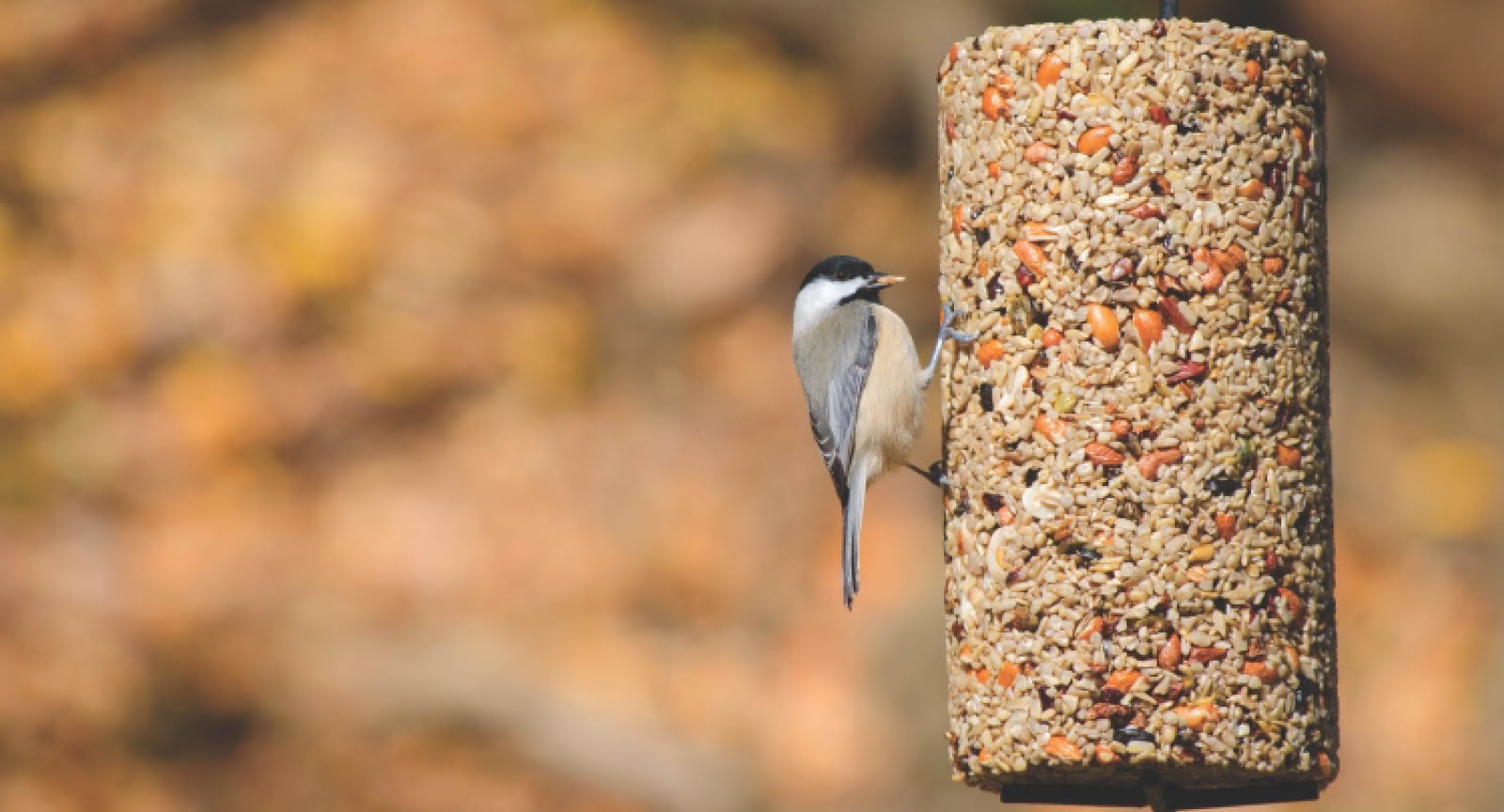
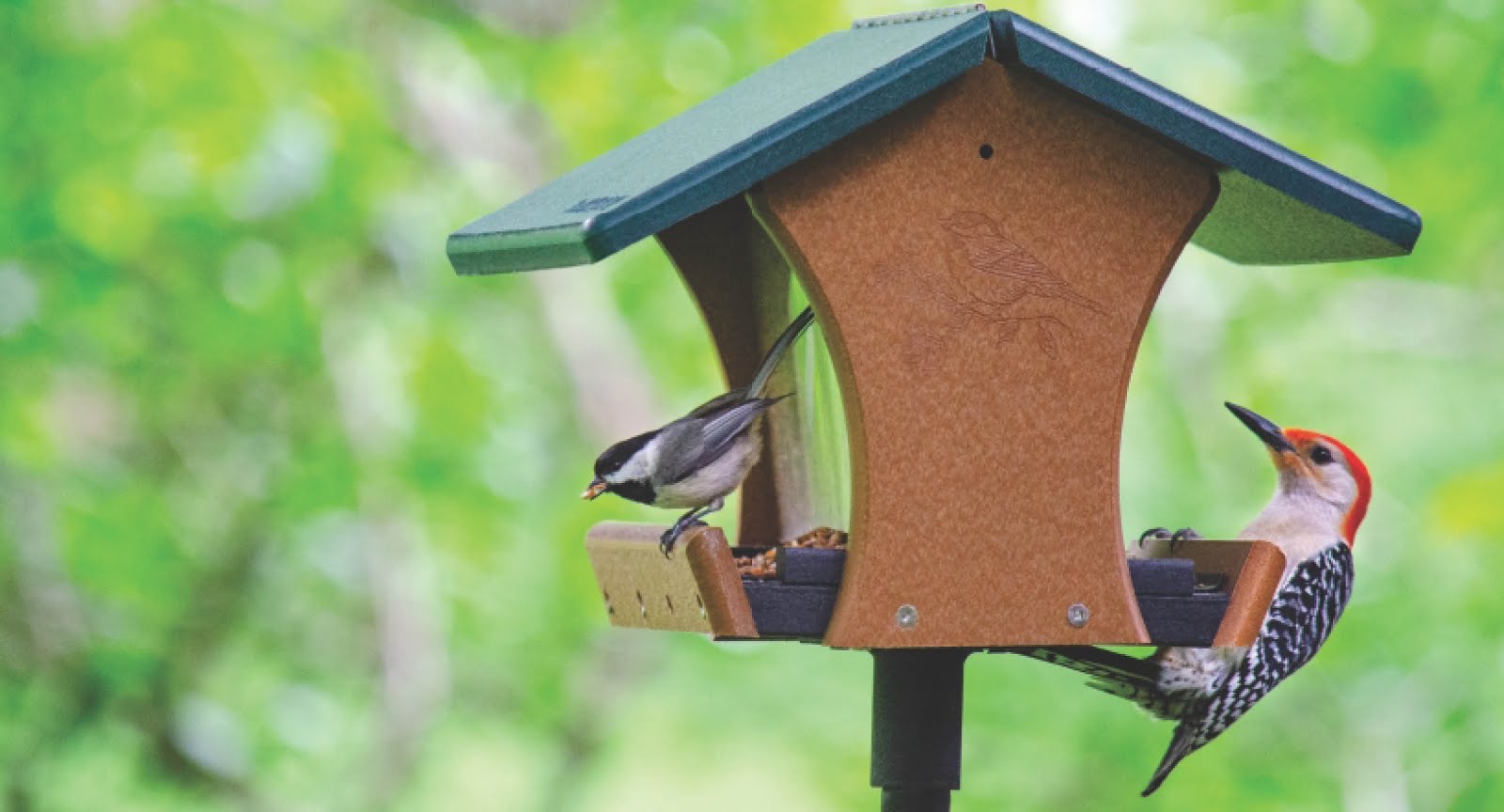
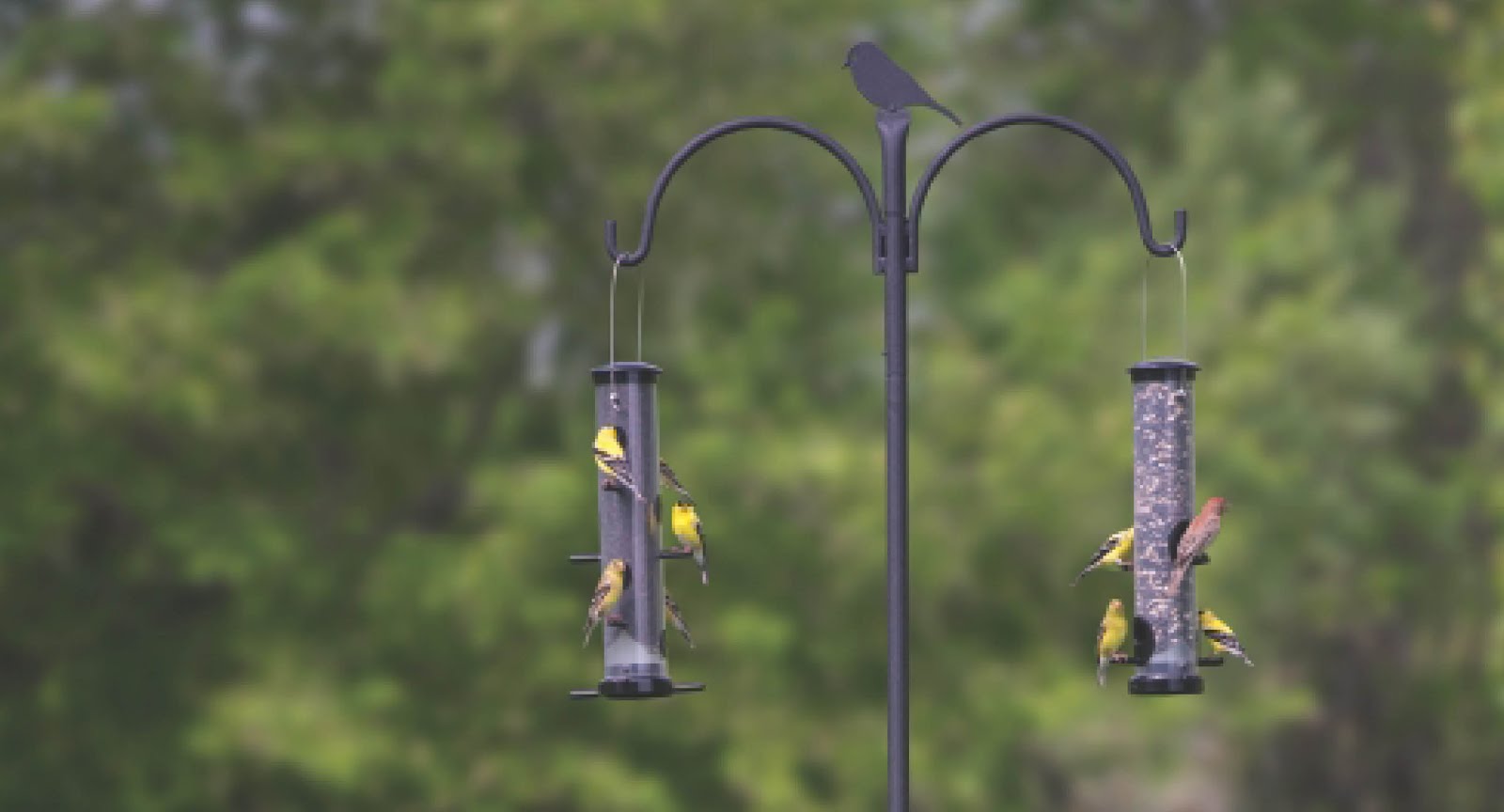

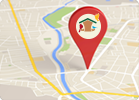
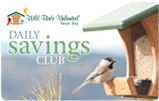


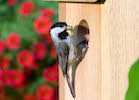
No comments:
Post a Comment